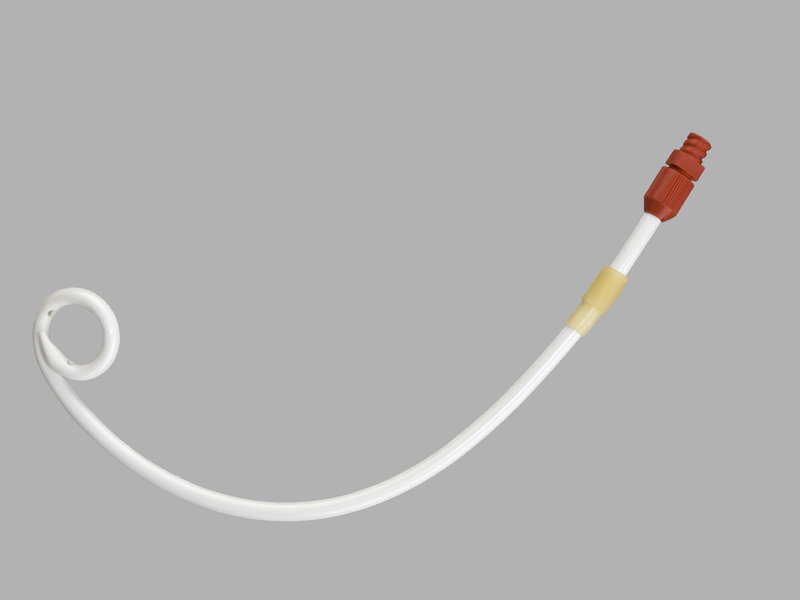OVERVIEW
This page serves as a guide to gastrostomy tubes (G-tubes) that are used within the field of interventional radiology. Fundamentally, a G-tube is a literal tube that connects the outside environment to the inside of the patient’s stomach. It is inserted percutaneously, transversing the wall of the stomach, as well as the abdomen. Often times it is used to provide nutrition to the patient (by injecting it directly into the stomach). Look on this page to see how this piece of medical equipment will appear on various imaging modalities.

THE BASICS OF G-TUBES
There are a few things that should be appreciated about G-tubes when we consider their role in interventional radiology (and medicine in general).
The Size of The G-Tube:
Much like many other pieces of equipment, size can be important. In the case of G-tubes, two important size consideration are the diameter of the tube, and the length of its tract:
- The EXTERNAL diameter of G-tubes is measured in “french units” (which corresponds to 3x the external diameter of the tube in millimeters).
- The length of the tube is typically measured in centimeters.
The Brand/Type of The G-Tube:
There are multiple manufacturers of gastronomy tubes and as a result there are a few different types of G-tubes that each have their own unique features.
Deutsch Cook Catheter: this is a type of gastronomy tube that is manufactured by the company Cook.

Page Updated: 09.03.2017